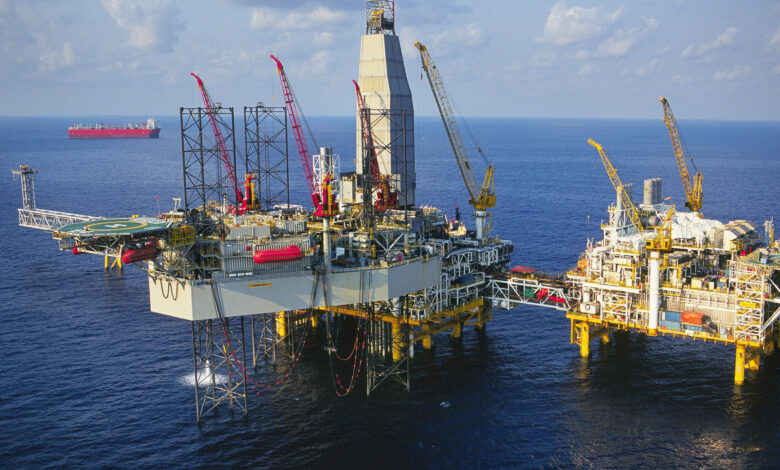Santos announces new discovery in Alaska, confirms strong progress on Pikka phase 1

APA Corporation announced an oil discovery on Alaska’s North Slope from the Sockeye-2 exploration well in the Lagniappe area east of Prudhoe Bay. Santos holds a 25 percent stake in the joint venture with APA Corporation (50 percent) and Lagniappe Alaska (25 percent). The exploration well cost is carried by APA as part of a 2023 farm-in agreement.
The Sockeye-2 well was drilled to a depth of approximately 10,500 ft, successfully reaching a high-quality reservoir containing around 25 ft of net oil pay within a single, blocky, Paleocene-aged sand formation with an average porosity of 20 percent. Additionally, potential pay zones were identified in the shallower Staines Tongue formation.
Santos Executive Vice President and President Alaska, Bruce Dingeman, expressed excitement about the discovery at Lagniappe and confirmed strong progress with Pikka.
“Pipeline installation is progressing well and set to be completed in two winter seasons, putting us in a good position to pursue acceleration to first oil around the end of 2025. This will be dependent on logistics and weather allowing for the mobilization of key production models by barge up the Hay River,” Mr Dingeman said.




